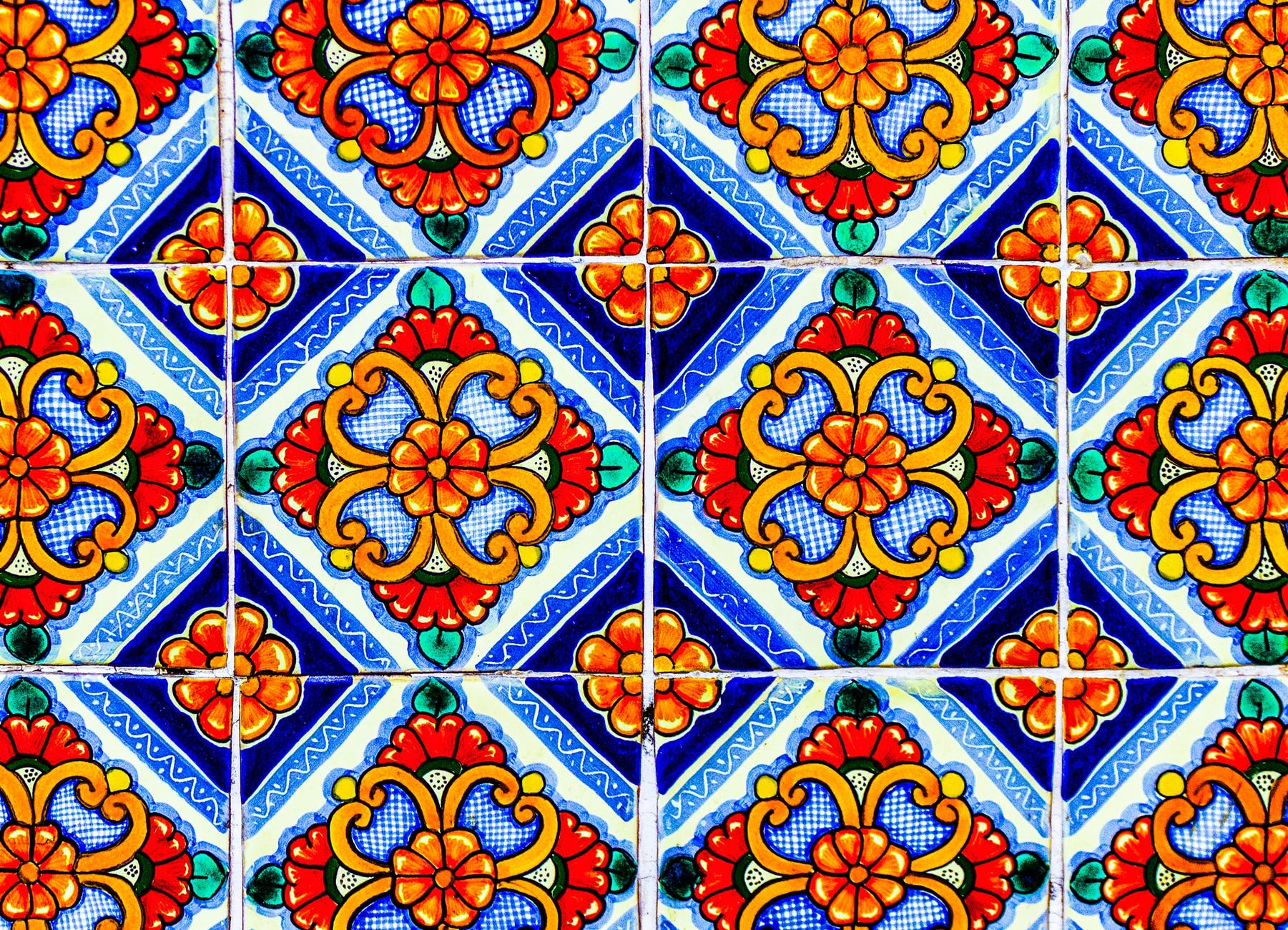Dr. Courtney Plotts presented on May 5th at the Lilly Online 2021 Conference on creating cultural presence. Plotts started with an activity and a definition for culturally responsive teaching. Instead of just providing a definition, Plotts did a nice comparison of what culturally responsive teaching is and isn’t. “How can I consistently apply elements of ethnic culture that motivate, engage, and support learning of all students” was stated as a goal of Cultural Responsiveness. The acronym ACCCE was used: the five areas of cultural responsiveness stated by Plotts were:
- Academic culture: belongingness, inclusion, equity, self-identity
- Cognitive culture: decision making, emotions, impressions, perception, cognition, attention
- Collaborative culture: group forming and norming, participation, interpersonal communication and socialization
- Community culture: learners as stakeholders and decision makers
- Ethnic culture: student engagement, motivation, cognitive and social presence, learning, and memory.
Plotts asked: what motivates students? Marginalization was then explained as social marginalization (verb, social context, related to social justice and society frameworks) and psychological marginalization (noun, individual experience and content, classroom culture and students). Plotts also talked about assimilated faculty and integrated faculty after the switch to remote learning and how faculty reacted differently to the isolation of virtual teaching. Plotts then introduced the Community of Inquiry Theory (Garrison, Archer, and Anderson, 2000) that is a theoretical framework to create a meaningful collaborative and constructivist learning experience through three elements: cognitive, teaching, and social presence. Plotts mentioned that their Council created a “Model of Cultural Presence” that includes relational design, interdependent learning and outcomes, collaboration and contextual learning, intentionality, and cognitive presence. I find this model sounds intriguing because of the emphasis on interdependence and contextual learning. The Cultural Responsive Taxonomy was shown using different circles that are interconnected. Plotts showed several examples that we can use to support students. I had never thought about the Community of Inquiry Theory and the emphasis placed on the different elements. In the examples Plotts shared, cultures value different approaches. For example, Plotts mentioned Mexican culture values helping behaviors. After participants discussed practices and strategies in breakout rooms, Plotts talked about current projects on self-identity and online spaces for LGBTQAAP+ students. They talked about affirmation, disclosure online, and belonging. Plotts cited a 2020 research study they published on Latina/o/x students and online collaboration that I am now interested in: Brazilian, Columbian, Dominican, and Mexican cultural perspectives were analyzed. For example, Mexican cultural lens was described as “indirect, implicit, and cover communication is focused on getting along and group harmony.” Plotts is also doing research on culturally responsive feedback and preliminary results shared suggest students want it but feat that when it is wrong it could be damaging. What struck me was that Plotts mentioned that this is not done for every student: that you survey students to learn what “tier” each student wants to receive. Plotts ended with takeaways and stressed the importance of intentionality. One question was how to obtain the survey. Plotts responded that they typically don’t release the survey before training and accreditation. This session was packed with data, tips, examples, and awesome visuals. I loved the presentation and will have to think about what to do next to be not only aware of culturally responsive teaching; how can I use it when appropriate and with which students? I may have to take a course!



